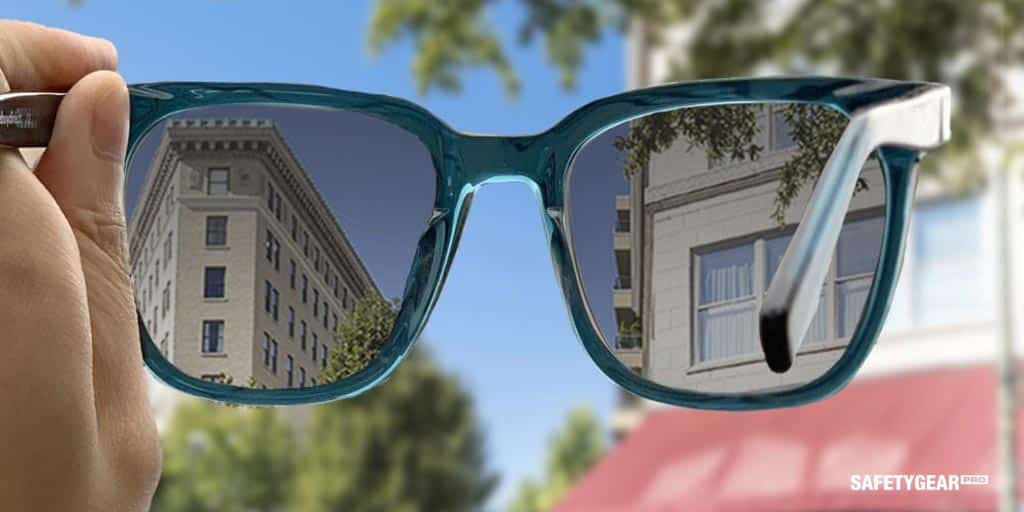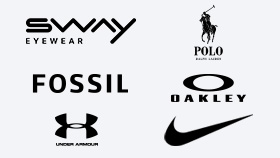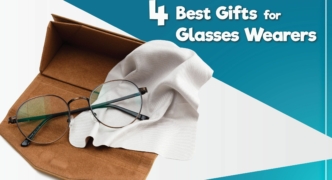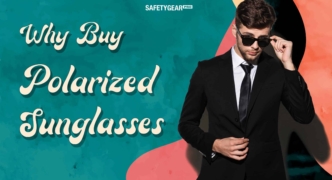Examining the Difference Between Prescription Sunglasses and Photochromic Lenses
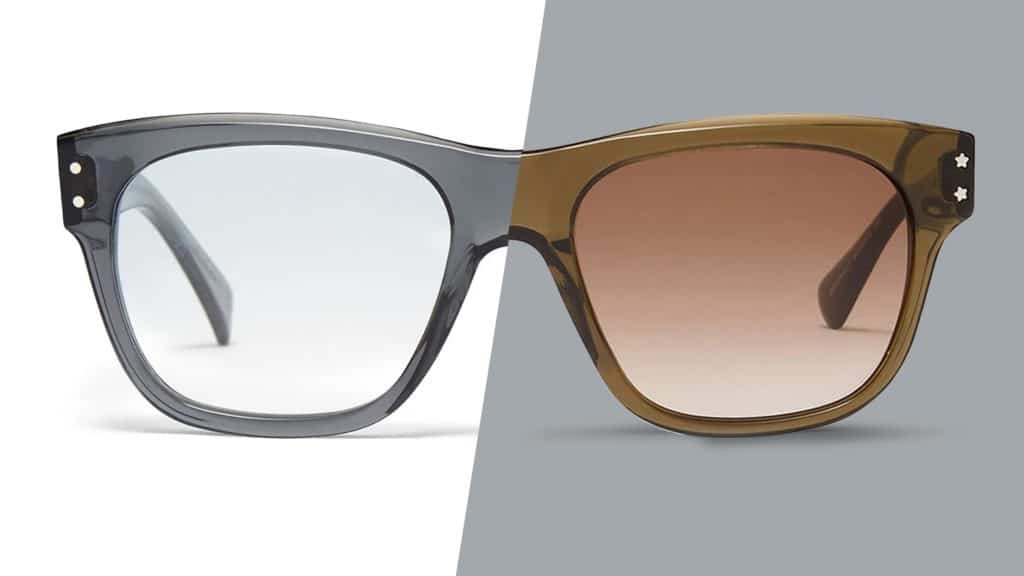
166.5 million adults in America wear prescription eyeglasses. That’s about 67 percent of the population. Globally, the sunglasses market size sits at about $17 million and is expected to grow to $18 million by 2028. Statistics show that about 12 percent of adults in America combine their prescriptions with their sunglasses.
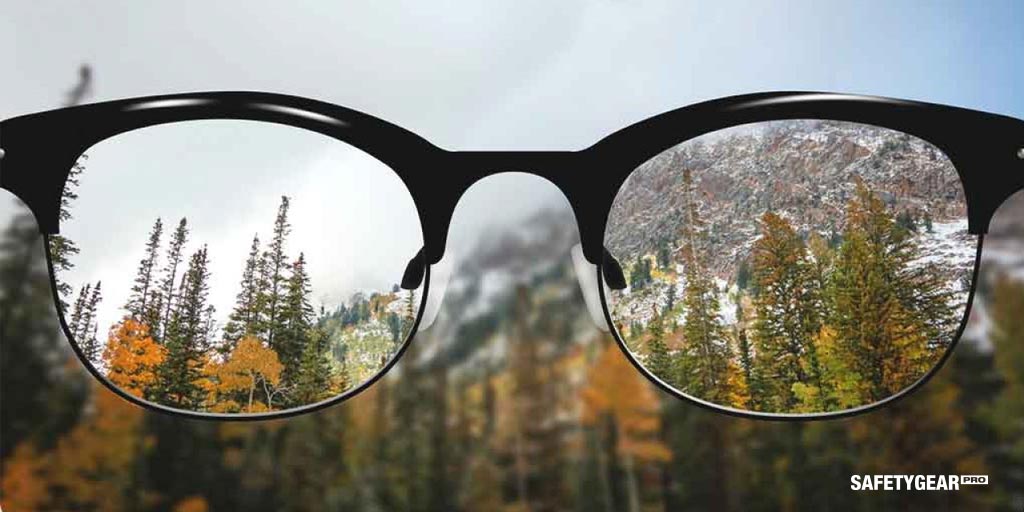
Prescription sunglasses provide a crucial service in that they address the specific deficiencies in your eyes, allowing you to see clearly. Sunglasses, on the other hand, offer critical protection against the sun’s UV rays and they make it more comfortable to be outside because their tint blocks solar glare.
1. What Should You Look For in Prescription Sunglasses?
When you’re looking for a pair of prescription sunglasses, there are a few things you’ll want to consider. First, choose 100 percent UV protection that offers both UVA and UVB protection. This protection will make it easier for you to see against solar glare but they’ll also protect your eyes from cataracts, cancer and other damage caused by UV radiation.
Another thing to consider in prescription glasses is the style. There are lots of trendy styles that seem to lose their panache quickly, so you might consider going with something that you genuinely like and that suits you.
Finally, if you carry a strong prescription, you should use high-index lenses that can give you a high prescription without those bulky lenses. Polycarbonate is the material of choice for these glasses because they’re made with impact-resistant plastic that makes them hard to scratch or crack. Photochromic lenses are another potential type of prescription glasses that people use for protection from the sun’s rays.
2. What Are Photochromic Lenses?
Photochromic, or adaptive, lenses are those with the capability to darken when exposed to the sun’s UV light. They lighten when back to an area away from the UV light. This type of lens is activated when confronted with ultraviolet radiation from the sun. They can be made from various materials, lens colors and lens treatments and can be used in prescription progressive and bifocal glasses.
3. How Do Photochromic Lenses Compare With Prescription Sunglass Lenses?
Both are capable of blocking 100 percent of UVA and UVB rays. While photochromic lenses are ideal for short trips, the other type of lens is more suitable for activities in the water or snow. This is because the adaptive lenses may not react to the glare of water or snow the way they do from exposure to direct sunlight. They can also take longer to darken in cold temperatures.
Most photochromic lenses won’t be effective in your vehicle because most windshields have filters that block the sun’s UV rays. There are adaptive glasses specifically made for driving but are not made for nighttime use.
4. Do Darker Lenses Mean Better UV Protection?
The shade of tint on sunglasses is not necessarily related to the level of UV protection. On the contrary, dark glasses that lack full spectrum UV protection can cause damage. This is because the dark lenses cause the pupils to dilate, thus absorbing more light and increasing the retina’s exposure to radiation.
5. What if You Need Prescription Lenses and Sunglasses?
For those who need both types of glasses, there are some options. The first is to carry both pairs and use each as necessary. Because switching between glasses can become tedious and carrying two pairs is cumbersome, many people opt to choose another option.
They either choose frames for their prescription lenses that have magnetic clip-on sun prescription capability or they use photochromic lenses. This eliminates the need for carrying around multiple sets of glasses and allows for easier transitions. With these transition glasses, folks don’t need to swap their sunglasses for their regular glasses when they come in from the sun – the photochromic lenses do that work for them.
Photochromic lenses are not safety sunglasses but they do offer protection and comfort. They can be prescription and also really help a person’s transition between spaces with a big differential between darkness and light. People that have to consider both clarity and light issues – of whom there are plenty – make their choices based on personal preference.
The difference, then, between photochromic lenses and prescription lenses merged with sunglasses is one of convenience. Different scenarios necessitate different glasses. Spending the day on the ocean is different than sitting in a movie theatre, which is different than going in and out of the house on a sunny day, as far as light in your eyes is concerned. You’ll need to choose the glasses that suit each situation best. Visit the Safety Gear Pro website today to see their selection of prescription strength sunglasses so you can better take care of your eyes tomorrow.
